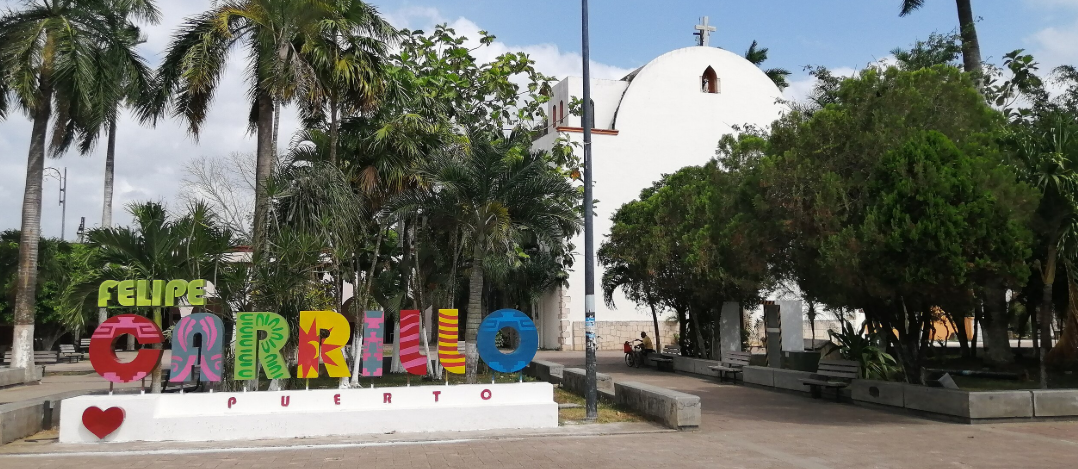Felipe Carillo Puerto
The capital of the Maya Ka'an region and a fascinating journey into the culture and people, it's a good halfway point, and an essential place to stop and take in the real Quintana Roo.

Felipe Carrillo Puerto is the seat of the huge municipality of the same name and, therefore, of the Maya Ka'an region, which occupies most of the middle of the state. The territory also includes the enormous region of the Sian Ka'an Biosphere Reserve, located to the east and covering the entire Caribbean coast.
The name of the municipality also appears in the new airport in Tulum, which is technically located in this municipality, and not in that of Tulum. The airport is an hour's drive away, and it will be possible to get there a little faster with the Tren Maya when it is fully operational.
The city has a population of around 31,000, but that only gives an idea of its great importance to the culture and history of the people here. The city is the ancient Noj Kaaj Santa Cruz Xbáalam Naj, more commonly known, albeit incorrectly, as Chan Santa Cruz. It was the main stronghold of the Maya rebels during the long Caste War of the 19th century, and ended up being the de facto capital of the Maya state for at least part of that period. Conquered by the Mexican army in 1901, it was renamed Santa Cruz de Bravo, that is, until 1931 when the name was changed in honor of the governor of neighboring Yucatán. The federal territory did not become the state of Quintana Roo until 1974.
This long history is documented in the Museum of the City of Felipe Carillo Puerto. But the city remains a proud Maya community. The Santuario De La Cruz Parlante (Shrine of the Talking Cross) also offers deep insight into the entire region and the conflicts that arose there. There, you can also gain an understanding of the religious and spiritual ideas that resulted from the long struggle of the Maya people, here, and across the region.
Visitors arrive on their way to the now popular local attractions in the surrounding area, as well as the more adventurous activities in the Biosphere Reserve. It's a fantastic landscape of cenotes and traditional villages. People still look to the sky for guidance and inspiration, but Felipe Carrillo Puerto is also a bastion of cultural and educational strength, which is reflected in the city's art galleries and cultural centers. The thriving Benito Juárez market, located practically in the geographical center of the city, is an ideal place to sample the best of traditional and ancestral cuisine. And it's a great place to spend a few days before heading off to the magnificent archaeological sites, the smaller villages, and the lakes district to the south.
Don't miss: The Síijil Noh Há Magico por Naturaleza is located about seven kilometers south of the city. A series of natural lagoons and cenotes make it one of the last great little-known places in the area. There are also many trails, places to stay, and much to discover. The Sayab Kuxtal cenote is even closer: about seven minutes west of the train station.
Most visitors today arrive from both ends of the state on the Maya Train. From Chetumal and its airport, there are regular buses that make the journey in less than two hours. From Cancun, the Tren Maya makes the journey in about three hours, and regular bus services make it even faster.